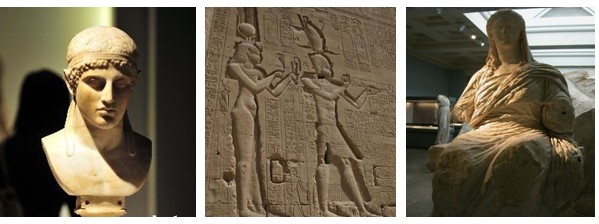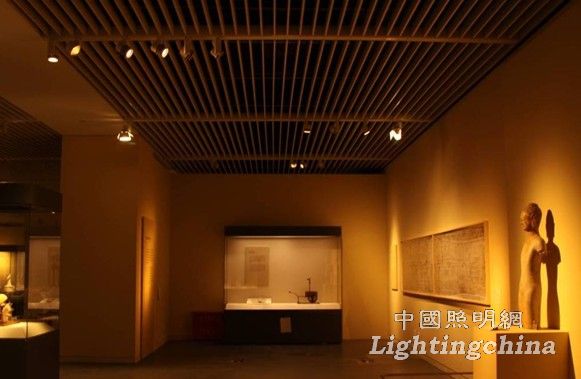Any art conveys the footsteps of human civilization in its own unique language. When people observe these marks, they can invite and pursue the context of cultural inheritance and determine the direction of the future. The ability to identify historical imprints, how to mark them, and how to present them is a manifestation of historical and historical responsibility. Lighting, from the technical level, is nothing more than the grasp and use of contrast, angle, light control, halo form, but one of the artistic values ​​of lighting - narrative, but you can use these basic methods to tell the meaning of the carrier Rich and unique and detailed historical and cultural information. From the study of foreign history and culture, we have learned that although there are many factors affecting regional cultural differences, the characteristics of light have indeed affected the development of art culture. The Greek-Roman civilization and the ancient Egyptian civilization have a long history. Due to the difference in geographical environment, especially the slope of the sun caused by the difference in latitude, the latitude of Egypt is low, and the sunlight is mostly directed from the top, and the heavy shadow is seriously affected. The aesthetic value of the carving art with the overall shape as the aesthetic core makes the Egyptian carving art gradually move toward the art form of relief. In the Greek and Roman cultures with higher latitudes, the respect for the human body should be accompanied by abundant sunshine, so that the sculpture art is full and the three-dimensional sense is stronger, and the sculpture art occupies a mainstream position. The lighting design concept for any exhibit must be derived from its cultural value positioning. In a sculpture, we see that the light does not illuminate its whole body, nor does it cast its face, but it illuminates the part of the garment from the side. I feel that the value of this artwork is not at all. It’s not her posture, it’s not her broken arm, but the soft, pleated, drape, and close-fitting woven linen fabric of the lifeless stone, which is absolutely human civilization and art. The peak of rumors. Only by ignoring more information is enough to constitute the power to respect and respect the core values. Ancient Roman statues in foreign museums, ancient Egyptian reliefs, vivid and vivid sculpture art The exhibits in Guobo are also full of typical and iconic exhibits for the development of Chinese history and culture. Understanding, pouring emotions, and re-creating become the mental journey in the work of lighting designers. A typical scene is a pair of Buddha statues in the middle and late Tang Dynasty. The time factor makes the surface color almost fade away, and only the graceful appearance and serene face faintly convey the style of the year. Restoring history does not mean recreating an ancient temple on the spot, but to make people feel the essence of Buddhist culture and the appearance of the "Buddha" that people think. The scene lighting situation is such that one with a flat mirror is used as the bottom light, one with a soft mirror for enhancing the face, and a third spotlight for making the reflected light. The bottom light requires precise light distribution, complete light shape, uniform fading, and combined with the focus of the face to form a light sensation centered on the Buddha's surface. It is worth mentioning that there is a lamp dedicated to the countertop to create enough reflected light to supplement the brightness in the shadow from below. The supplemental light to the dark part of the exhibition is often overlooked by many designers. In fact, a full-bodied three-dimensional shape is expressed by reflected light. Moreover, in the temple environment, the Buddha is not bathed in the downlight, but the dark candlelight reflects the full squat of the Buddha statue from below. 

